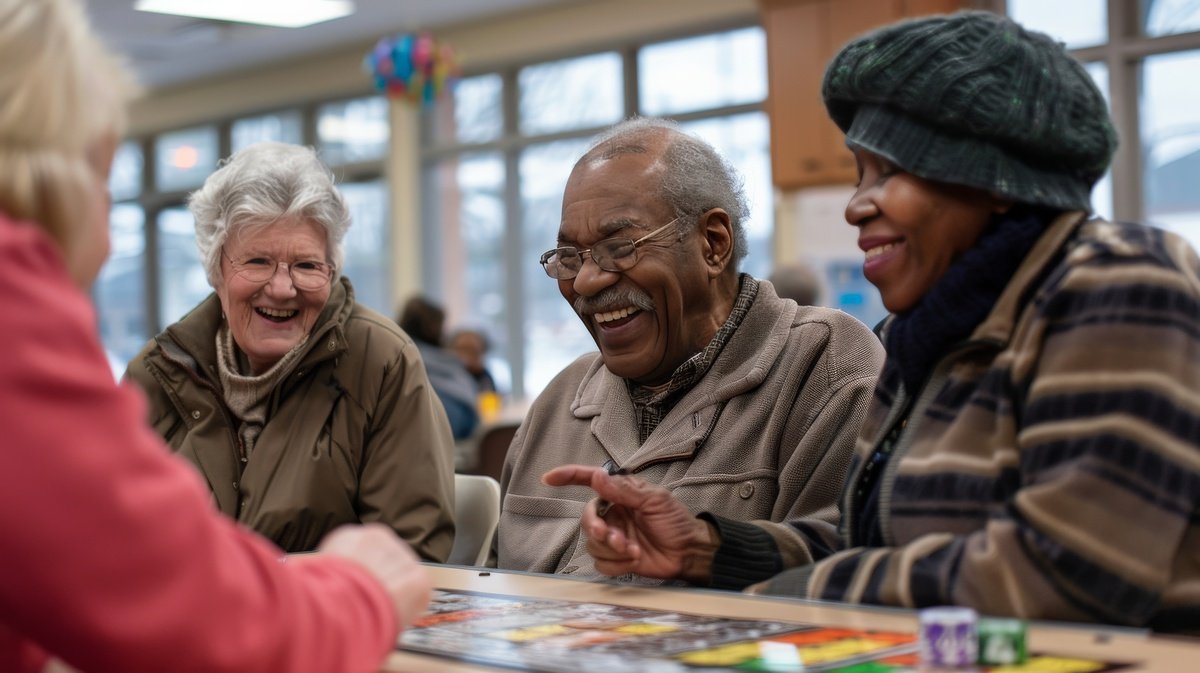Just yesterday, I watched my 2-year-old grandson toddling joyfully through the house. He ran from one toy to another, falling down at times and popping right back up without a care in the world. Sometimes, he even giggled as he landed unexpectedly on the ground.
Unfortunately, for seniors, falling is quite a different story. As we age, a fall can result in serious injury, changing the quality of one’s life in an instant. According to statistics, one in four older adults experience a significant fall every year. And, more than half of those falls occur at home.
While suffering a fall is not a normal consequence of aging, older adults are certainly at a higher risk of falling than others. Poor vision, loss of muscle strength, confusion, and cognitive decline can all lead to falls. In addition, many medications have side effects that cause dizziness or fatigue, resulting in poor balance and an increased risk of falling.
Unlike the toddler, when older adults fall, brittle bones may break and serious injuries may occur. Older bones take much longer to heal, and that long recovery process can take a toll on the senior adult. In addition to physical injury, social isolation and depression may be unexpected byproducts of a serious fall.
For some older adults, the fear of falling keeps them trapped within their homes unable to do the things they once enjoyed. This may be unnecessary. Injury-related falls can often be prevented by taking a few steps toward a safer and healthier life:
-
Start by talking with your doctor. Discuss any falls you have had in the past, or any concerns you have about falling. Review your medications and discuss side effects that may increase your risk of falling. Your doctor may choose to change your medications or to order physical therapy to assist in maintaining balance and strength.
-
Keep moving. Find an exercise program that you enjoy and stick with it. Daily exercise can help maintain balance, build strength and increase your flexibility. Not only will exercise help to prevent falling, it may also help you recover more quickly from an injury.
-
Have your vision checked annually. Vision declines with aging, leaving seniors vulnerable to trip hazards both inside and outside of the home.
-
Keep your home well-lit. Refrain from turning off lights to save a few cents on electric bills. Use night-lights in rooms and along the hallways. Store flashlights in a familiar place and make sure the batteries are in working order.
-
Maintain safety in the home. Secure all loose rugs. Keep walkways open and clear of electrical cords, shoes, and low-lying furniture. Install grab bars in the shower, as well as a sturdy bath seat, if necessary. Make sure stairways have handrails on both sides.
-
Don’t hesitate to use an assistive device to maintain balance. Canes and walkers can help individuals maintain independence. Be sure to have a physical therapist or other medical professional fit the device to you properly and provide instruction on the appropriate use of the device.
-
Invest in a good pair of shoes. High heels, flip-flops, and slippery socks may not only add to joint pain, but often cause falls in older adults. Wear comfortable, sturdy shoes that fit properly and have non-skid soles. You don’t have to give up on style. Many stores and on-line sites now offer trendy shoes that fit the bill for older adults who want to look good while staying safe and upright.
-
Include your family in discussions about balance and falling so that they can provide support and assistance when needed.
September 22, 2017 is National Fall Prevention Awareness Day. Celebrate by making sure you and your loved ones are doing all you can to prevent fall-related injuries in order to live a healthy, long life.
Share This Article



